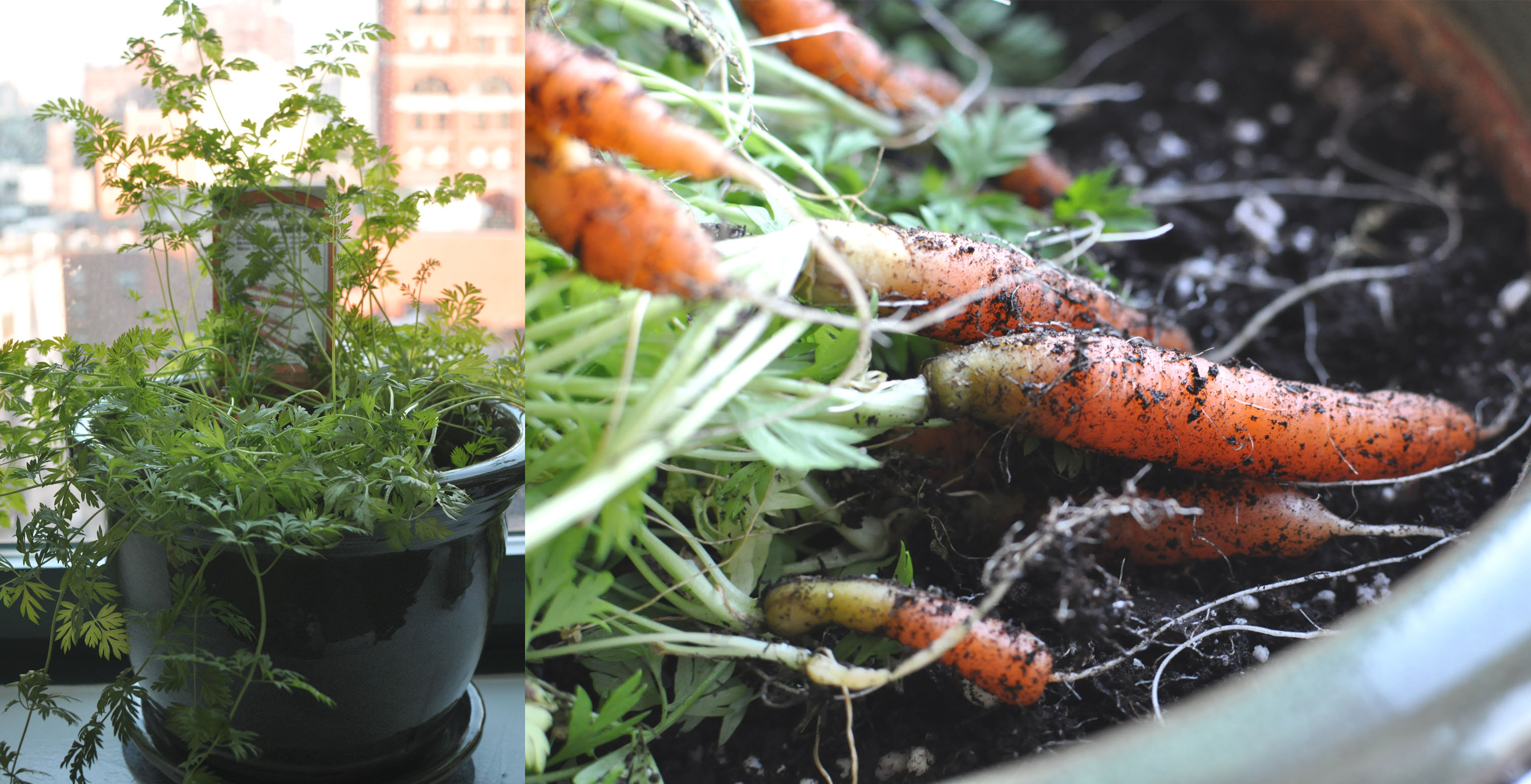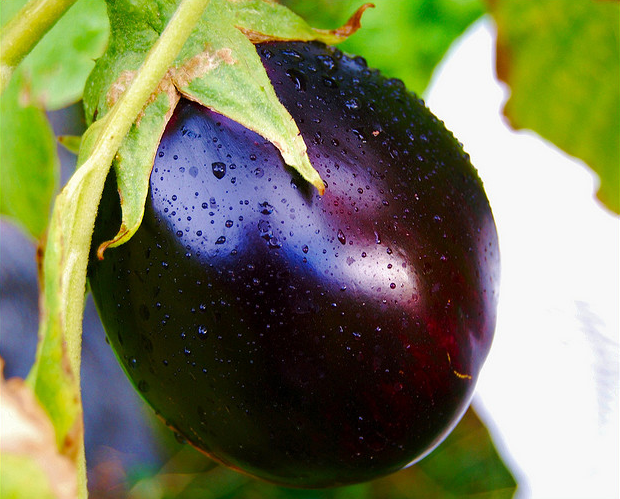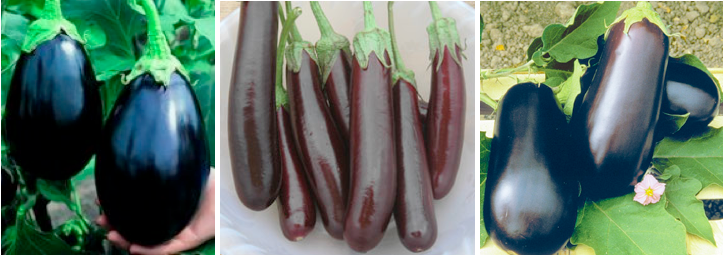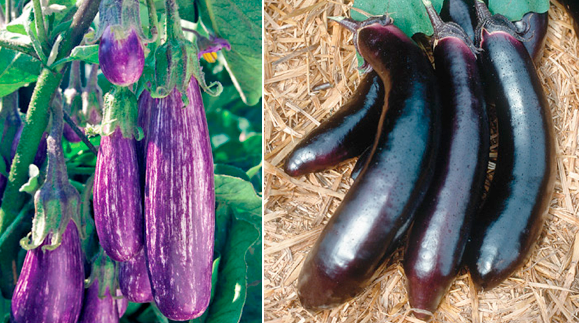You might recall reading about how I had planted carrots in a planter and intended to grow and nurture them indoors on my window sill. You might also recall thinking that that plan sounded somewhat far-fetched. After all, carrots grow deep inside the ground, and normally emerge from a carrot patch with about another 100 carrots, not from inside a West Village apartment in a 10-inch diameter pot. Well, cast aside your doubts.
As you can see from the photo above, I did indeed manage to coax a small handful of perfectly formed, but rather tiny (between 1 1/2 to 3 inch) carrots out of my jolly green planter. These were hand harvested (as if there could be any other way, but doesn’t it sound romantic!) 86 days after seeds first met soil.
Why so small, you ask? Don’t worry, I won’t be offended. That was in fact my first question, once my swell of motherly pride faded. After all, the packet promised 6-8 inches Nantes carrots. And to whom did I pose this question to? Well, our in-house, green-thumbed genius, of course, Charity. Turns out, one of two things might have happened.
1. The pot was too small and I didn’t thin out the carrots enough once the little green shoots poked their heads out of the soil which meant that the vegetables didn’t have adequate space to develop.
2. I should have added fertilizer to give the little guys a helping hand.
I was initially quite reluctant to thin out the shoots too much – it felt like infanticide! But when we returned from our summer holiday and the carrot babies look worse for wear not having had a drink for a number of days, I was quite brutal. I thinned ruthlessly, leaving a good 1 1/2 inches at least between each shoot, which was what the instructions on the packet of seeds advised. Still, I will be sure to use a larger planter next time, just to give the carrots more space to breathe and to stretch out their little carroty limbs sub-soil. As for the fertilizer – yes, my bad. I used an organic seed started potting mix which, according to the bag, promotes root growth and increases water and nutrient uptake, but I didn’t think to add any additional fertilizer. Again, this is something I won’t be forgetting next time.
All in all, this was a good, nay, a great first try at growing something, I think. I have to say, I was secretly worried that I was going to pull at the carrot tops, and ta da…that was going to be it. Nothing, nada, niente was going to come out, save perhaps a puff of dust. So the very fact that there were carrots there at all was a boon. And, they were tasty too – sweet with great crunch. Admittedly, they weren’t out-of-this-world delicious, but, hey, you have to have something to aspire to.
As for what’s next, I’m thinking of going down the eggplant route. What variety? As if you had to ask… Nadia, of course.





